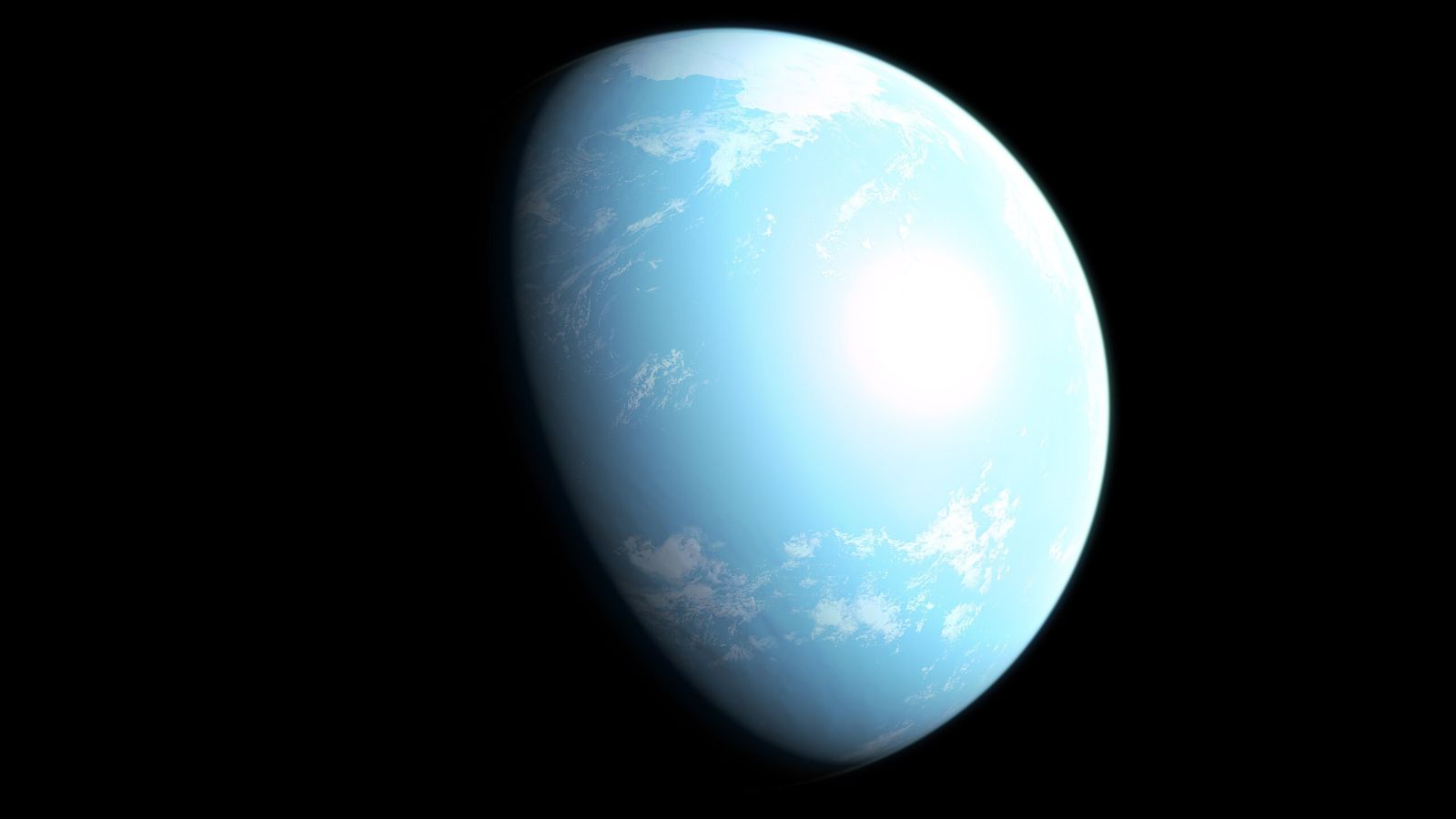A New Technique for Mass Detection of Extraterrestrial Life
Follow us on Google News (click on ☆)
Researchers from the Massachusetts Institute of Technology (MIT), the University of Birmingham, and other institutions have recently discovered that a low abundance of carbon dioxide in a planet's atmosphere could indicate the presence of liquid water, and therefore potentially life. This characteristic, easier to detect than previously considered signs, could speed up our quest for habitable worlds beyond our solar system.

Artist's depiction of the planet GJ 357 d.
Image NASA's Goddard Space Flight Center/Chris Smith
A comparison between the atmospheres of different planets within the same solar system reveals that those with less carbon dioxide, like Earth, might harbor oceans of liquid water. These oceans play a crucial role in absorbing carbon dioxide, thus regulating the climate and promoting habitability over long periods. This process of carbon sequestration by oceans and rocks is essential for maintaining an atmosphere conducive to life.
The authors of the study propose a strategy for detecting habitable planets by identifying this signature of depleted carbon dioxide. This method would be especially effective in "peas in a pod" systems, where several Earth-sized planets orbit close to one another. The first step would involve confirming the presence of atmospheres by detecting carbon dioxide, a dominant compound in most planetary atmospheres.
To go beyond mere habitability, the researchers suggest looking for the presence of ozone in a planet's atmosphere. On Earth, ozone forms when oxygen, emitted by plant and microbial life, reacts with sunlight photons. The joint detection of ozone and low amounts of carbon dioxide could indicate not only that a planet is habitable but also that it is inhabited by active planetary-scale life.
This research, published in the journal Nature Astronomy, paves a promising path for exploring habitable exoplanets using the James Webb Space Telescope. Systems like TRAPPIST-1, located just 40 light-years from Earth, could be among the first candidates to be studied using this new method.